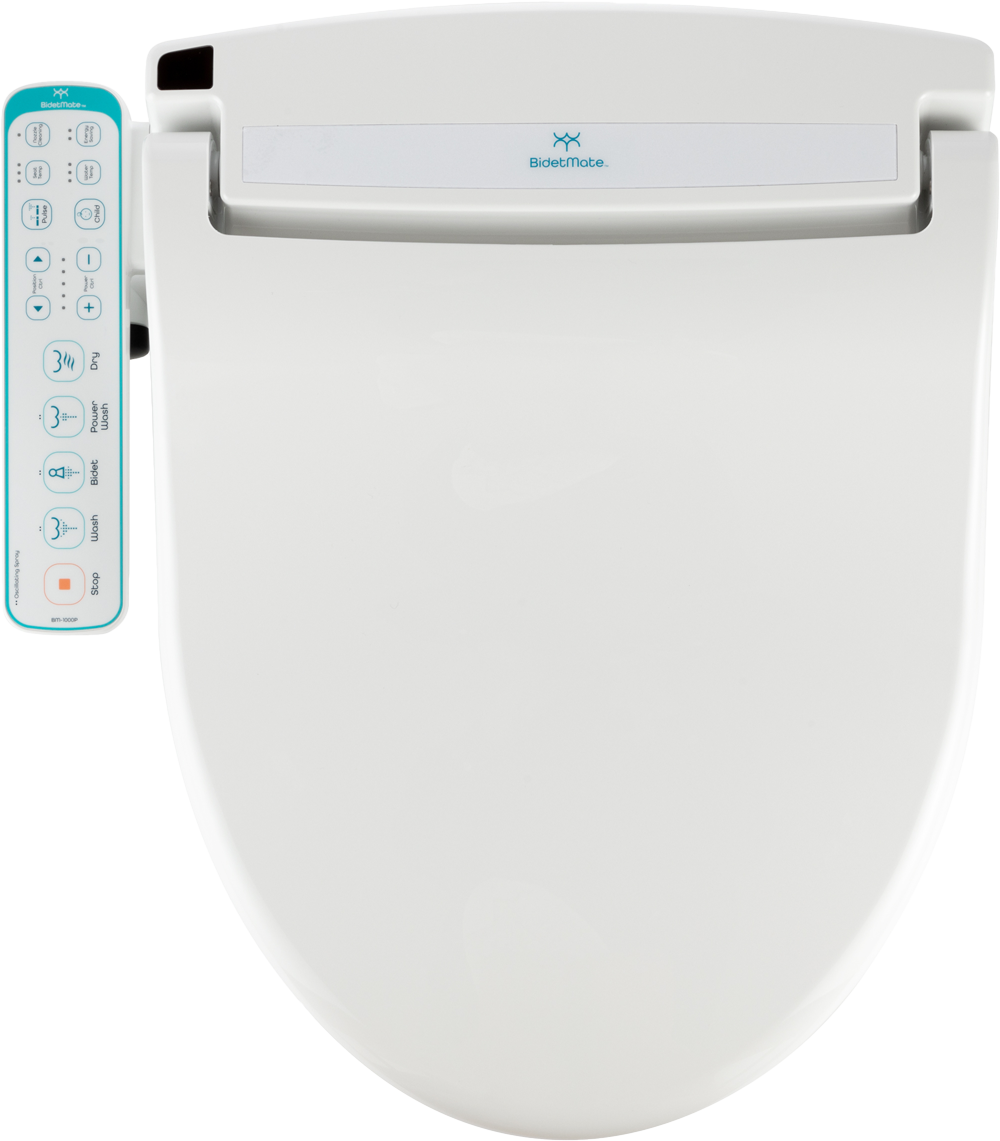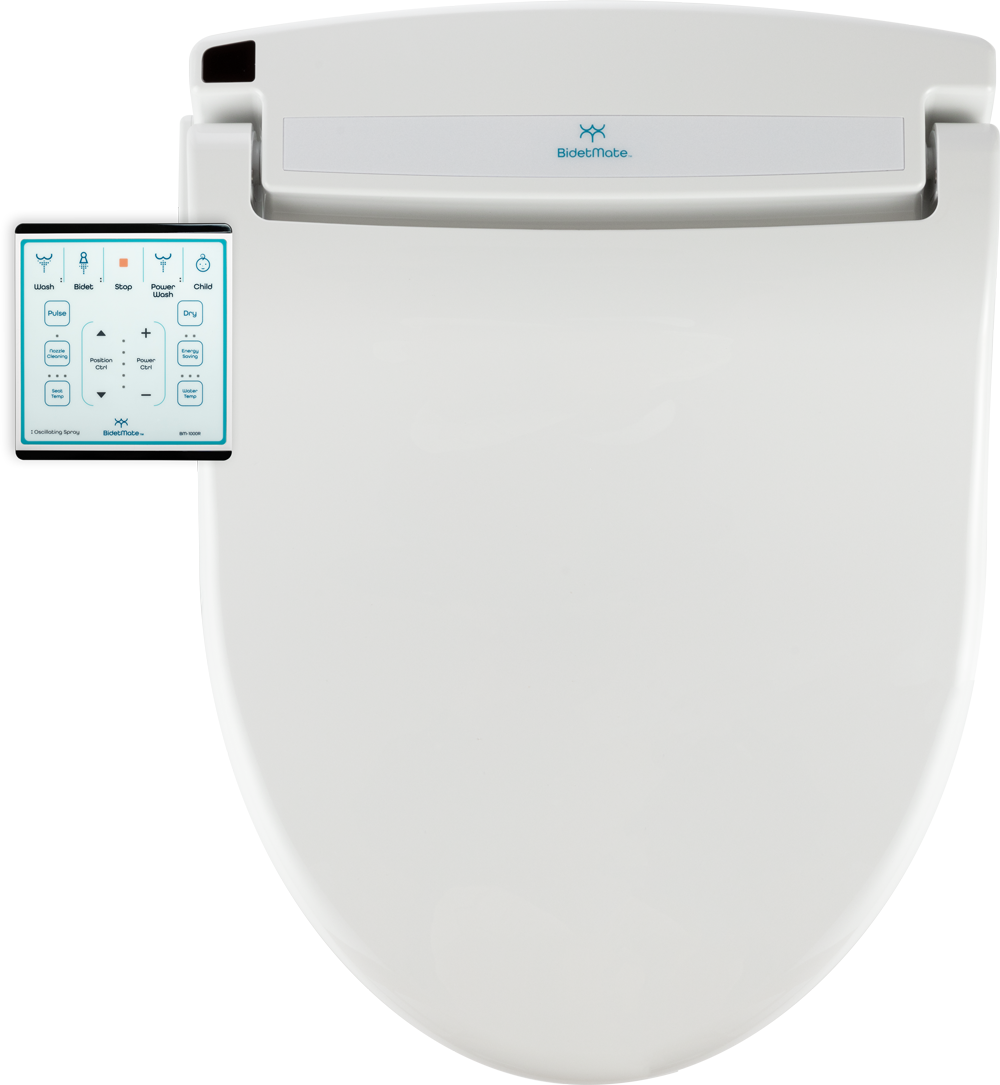5 Odd and Interesting Bathroom Statistics
Posted by Richard Biticon on 1st Jul 2021
Interesting Bathroom Numbers
Our bathroom and toilet habits vary from one person to another. Some of these practices were imposed on us since childhood by our parents or caregivers.
These bathroom habits you formed are just how you also developed other life habits, gradually and subconsciously. This article will explain which of these habits are just too harmful to be ignored.
To know how people's bathroom habits vary from gender and generation, we looked up how people would respond to the following questions:
- Have you ever used the toilet while being in a school or work-related video call?
- Do you only flush after putting down the toilet seat?
- How long do you spend when going number two at home?
Takeaways below:
- Men Spend More Time on Toilet
You're right; men spend more time going number two than women. In terms of which gender poops most effectively, 44% of women do it in two to five minutes. While most men (46%) say, it takes them six to ten minutes to successfully poo. Another interpretation of the data is 56% of women take longer than six minutes to get their pooping done. At the same time, 80% of men do the same. Regardless, it's clear that women crap faster.
How do I reduce my time going number two?
How do I reduce my time going number two?
- Increase fiber supplement intake
Fiber supplements are readily available and effective at inducing bowel movements if a low-fiber diet is the cause of your constipation.
They work by adding bulk or volume to your stool. Fiber supplements help push poop through your intestines and out of your body.
Example of food that is high in fiber:
- Oats
- Whole-grain bread or cereal
- Fibrous veggies and fruits
- Drink plenty of water with these foods; it will further help push your stool through your system.
2. Drink water
Drink at least eight glasses of water per day to have a regular bowel movement.
If you have constipation and haven't drunk the average glass of water, consuming the needed water can trigger a bowel movement.
Why Men Seize the Commode
It is still unknown why men take longer to poo. One reason is they may have "poophoria," and we know that men poop more comfortably in their partner's home. However, some researchers believe that there is a psychological reason why men do it longer.
According to psychotherapist Jonathan Alpert, men see the bathroom as an escape from stress at home. For most men, the bathroom "is their haven." Some clients of Alpert even confessed that the bathroom is their solution to escape the "parental duties." The bathroom is undoubtedly a strange place to escape, but do they bother you while you're on the toilet?
Always remember, if your guy is on the toilet, it probably is the moment for him to be just with himself.
2. The Gap in Crap of Generations
For generations, it's pretty evident that the younger ones are the most likely to take longer with going number two.
Probably it's because older people know how important time is, so they cherish it more. Or just too old to waste time.
Whatever the reason is, 43% of people ages 18-44 spend six to ten minutes going number two compared to the 35% of ages 45 and above. While ages 18-29 takes much longer with a time of eleven to fifteen minutes. Ages 60 and above spend only 11%.
CONDUCT SURVEY BY AGE BRACKET WHAT’S THEIR FAVORITE THING TO DO ON THEIR PHONES WHILE GOING NUMBER 2.
3. 117 Hours of Pooping Each Year are Being Spent by At Least 5% of Americans
It takes 21 minutes or longer for 5% of Americans to poop. Interpreting this data; probably the 5% who take 21 minutes to let it all out at once. Supposing the best idea, if a person poops once daily for a minimum of 21 minutes, then it is equivalent to the following:
- 147 minutes of toilet use per week.
- 9 hours and 48 minutes of toilet user per month.
- 117.6 hours of toilet use per year.
- Assuming a person lives to 79 (average death age in the U.S), they have spent a year of their life using the toilet (387 days).
- Living through the average age of death (79 yrs old), they would have lived 1.34% of their life using the toilet.
4. Americans Are Pooping Virtually
Have you ever wished more of your meetings could be an email? That way, you can bring your device to the bathroom while on a work call?
With the current pandemic situation, and professionals still working at home, it is never easy to stabilize all your poop, especially when defecation hits.
Because of the work-from-home setup, there is a higher tendency to take work calls while using the toilet. A study made by Inc. in 2017 found that 25% of employees are on a call while in the bathroom. While our research found that 40% are in business calls while using the toilet.
Talking Crap? What Age Group Takes More?
Ages 18-29 surpassed the rest in those who have at least once participated in work calls while on the toilet. But as we know, the older a person is, the less likely they participate in a work-related call.
Always make sure that if you are in a conference call, you muted yourself, and your video is off, especially if taking number two.
5. 40% of Americans Flush First Before Putting Down the Toilet Seat
On the bright side, over half of Americans, 60%, practice the proper and healthier way of putting the toilet seat down first before flushing. The other 40% should practice this same habit. According to a study in 2011, toilet seats without covers increase the risk of bacteria C diff (Clostridiodes Difficile) in the bathroom. The study also found that flushing toilets while the toilet seat is not down, "C. difficile can be recovered from the air sampled at heights up to 25 cm (10 inches) above the toilet. The average number of droplets spread while flushing lidless toilets was 15-47, depending on the toilet design.
Take note that the amount of airborne C. diff decreases over time. By the 90-minute mark, there was an 11-fold drop in C. diff compared to immediate measurements right after flushing. So, the question is, which generation spreads more C. difficile?
Surprisingly, the elderly and the young (bookend generations) put down the toilet lid before flushing. Ages 18 - 29 years old put the toilet lid down most. People ages 30 - 60 need to listen to their elders and ages younger than them since only 47% of ages 30 - 60 put the toilet lid down before flushing. Wisdom and hygiene sometimes leap a generation.













 END Shopper Approved - templates/layout/base.html
END Shopper Approved - templates/layout/base.html